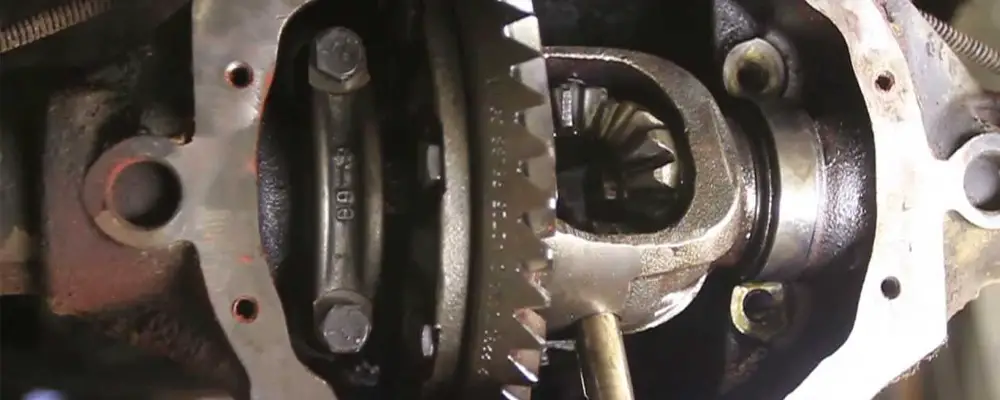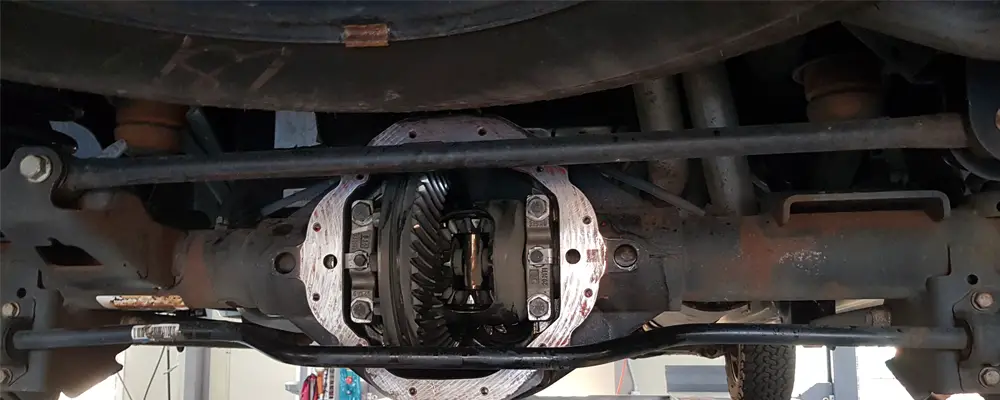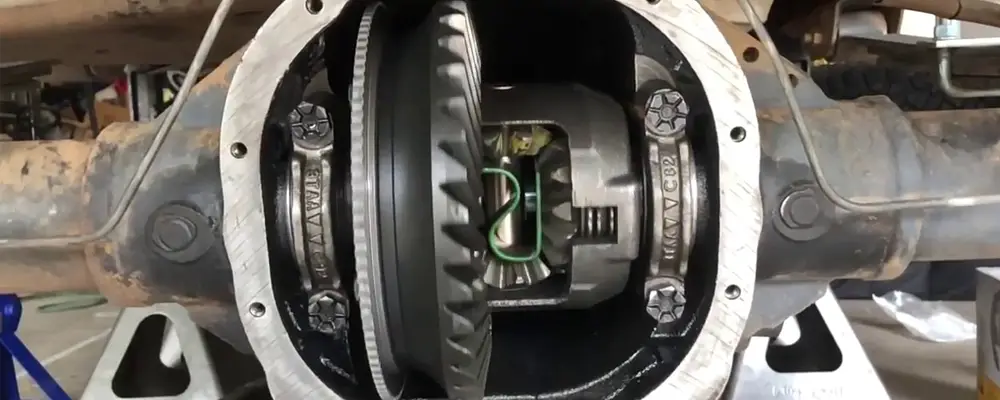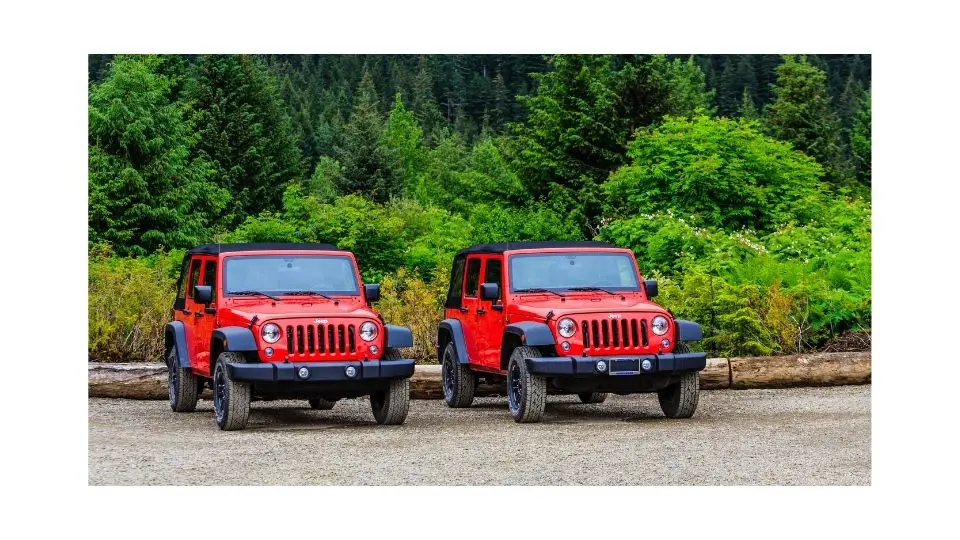Ever wonder what makes your Jeep able to turn a curved road without binding swiftly? What allows you to drive with more stability and safety when diving outdoors, through the plain hills, or a snowy highway?
If it is all foreign to you, read further about the trac-lok differential rear axle!
What’s A Trac-Lok Differential Rear Axle?
The rear axle refers to the part of a car that connects the rear wheels. On the other hand, a trac-lok transfers power from one wheel to the other provided that the wheel has traction resistance.
It is most helpful when traversing through the mud or snow. When one wheel loses traction, the trac-lok emits a driving force to the rear wheels and stops it from spinning due to the loss of traction.
How Does It Work?

When the road is unsafe for driving or when the brakes of your vehicle malfunction, you will likely experience a loss of traction. When skidding happens, your car’s trac-lok differential rear axle provides a driving force to keep your car stable and reduce the spinning.
A trac-lok differential rear axle transmits engine power, makes stable and quick turns possible, and enhances driving productivity.
The parts of a trac-lok differential rear axle include:
- Two axles
- Driveshaft
- Central gearbox
- Stamped casing
- Two-wheel drives that transfer torque
- Differential
- Rear-axle gearbox
What Are Its Benefits?
The primary function of the trac-lok differential is to allow the wheels to turn at different RPMs or revolutions per mile without stopping the engine from sending power to these wheels. It is especially beneficial when traversing difficult, curvy, or slippery roads. Even if the left wheel needs to rotate more than the right wheel, the differential allows the motion by constantly sending power to both wheels as support.
What’s an Anti-Spin Differential Rear Axle?

The anti-spin differential rear axle keeps your Jeep in motion despite varying road conditions, whether it’s slippery, alongside mountains, or in rough terrains. It locks the wheels together and promotes stability and safety when driving outdoors.
The engine emits power and transmits it through the pinion gear to reach the ring gear [1]. The spider gear, which is at the core of the differential, connects to the ring gear where it rotates along with the latter or on its axis as one of two ways.
The spider gear rotates along with the ring gear in a straight road. The side gear rotates at the same speed, like one singular unit. However, when the car takes a right turn, the spider gear spins on its axis to meet the power needed by both the left and right wheels to maintain their rotation.
How Do I Know If My Jeep Has Trac-Lok?
The way to determine whether your Jeep has a trac-lok is to lift the axle. Ensure that your emergency brake is off, your car is neutral, and prepare locks on the front wheels so it does not move.
Take both tires off the ground and spin one wheel clockwise. If the other wheel spins along the same direction, your Jeep has trac-lok. You would know that it rather lacks a trac-lok if it spins oppositely. This means it has a regular rear differential.
Related Posts:
FAQs
Is Trac-Lok the same as the Anti-Spin Differential Rear Axle?
No, it is not the same. Trac-Lok technology comes with a transfer case that allows the driver to activate or deactivate manually. You can control the traction for the rear wheels on-demand. On the other hand, an anti-spin differential rear axle functions automatically without external interference.
Is a locker necessary with Trac-Lok?
No, a locker is not necessary with Trac-Lok. If your Jeep already has trac-lok, its smart technology functions efficiently as it is. If you feel the need to get locking differentials, you may place them for your front axles. The exception is when you have to drive outdoors through tough roads and rough climbs more often; a locker would help.
Final Thoughts
In essence, trac-lok differentials keep your Jeep stable and secure when traversing through difficult terrains. It keeps your car moving despite swift and long curves on the road.
To know if your Jeep has trac-lok, simply turn your car in neutral mode and jack it up to inspect the wheels. If one wheel spins in the same direction as the tire you spin by hand; it means your Jeep has trac-lok.
You can experience fewer worries if your Jeep has trac-lok. At the end of the day, it all depends on your driving activity and the roads you frequently drive through.
Thank you for reading this far! I hope that the information provided in this article will be helpful to you.
Reference:
- https://www.britannica.com/technology/ring-gear





